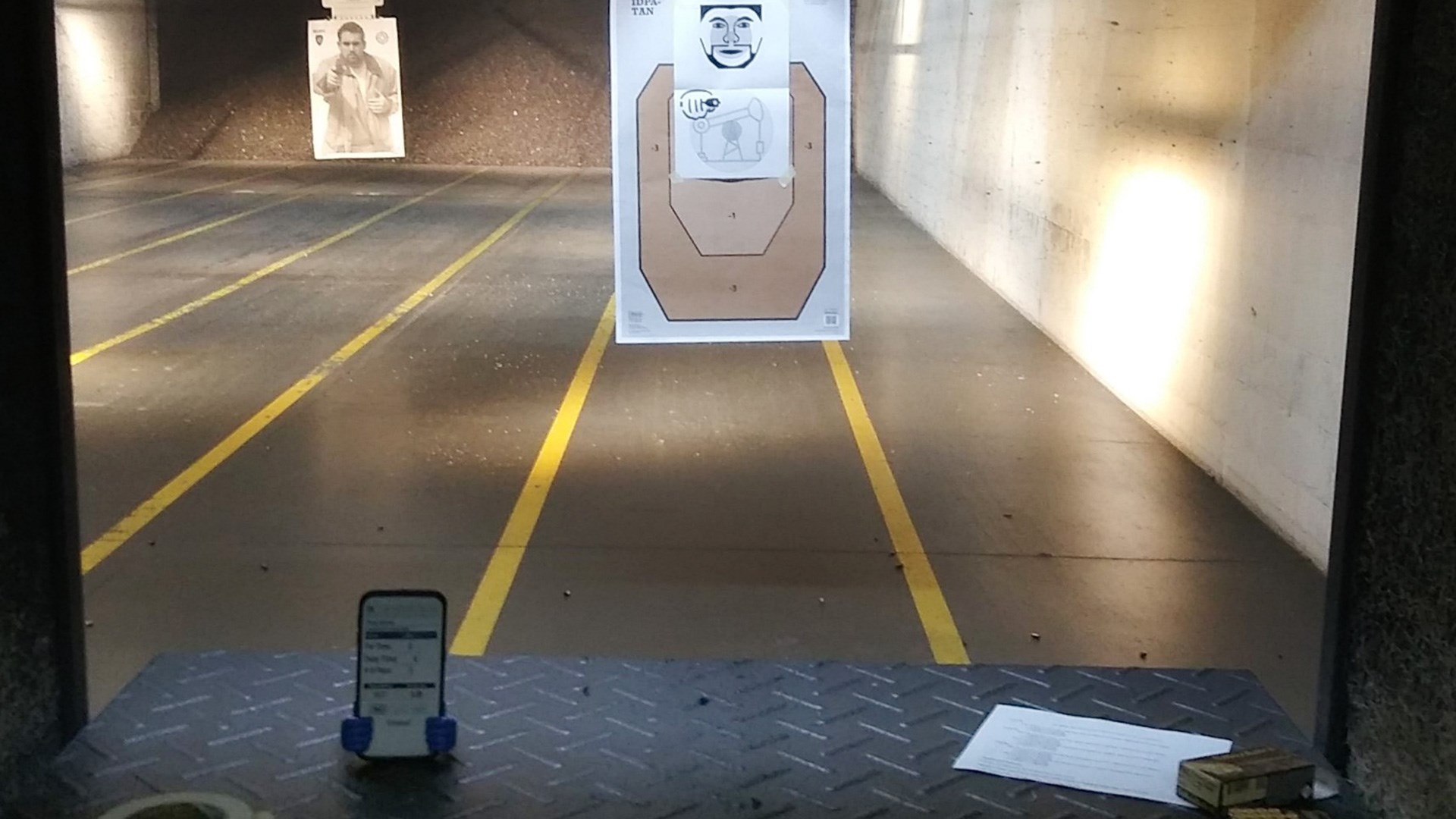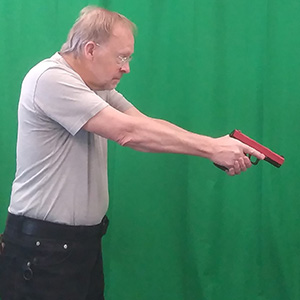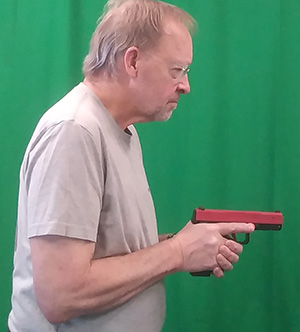Three Shots in Three Seconds
There are good reasons why this is an oft-quoted statistic in the firearms training world.
“Three shots in three seconds at three yards.” That was Lt. Frank McGee’s iconic summation (aka “McGee’s Paradigm”) of the typical gunfight of New York City police officers during the 1970s. Lt. McGee was the head of the NYPD Firearms and Tactics Section at that time. His analysis came from the Department’s SOP-9 report, which began compiling statistics about the gunfights of its officers in 1969. Although the scope and name of the report has evolved over time, it is still published by the NYPD and is available online. McGee’s Paradigm hasn’t changed much over the past 50 years.
Three shots in three seconds is an example of a par time. Par time means a given amount of time to perform a task or event. The concept is used in a variety of sporting and other contexts. Most Police firearms qualifications are shot as par time sequences.
Learning to shoot a given number of rounds in a given period of time is an important aspect of developing defensive marksmanship skills. It emphasizes the concept that once an attack indicator is given, the defender will have a limited amount of time in which to repel the attack. In addition, learning to make good hits in a given amount of time increases the probability of a successful defense and reduces the probability of errant rounds that can endanger innocent members of the surrounding community.
Since most gunowners are limited to shooting at indoor ranges, learning to shoot against a time standard has always been an issue. Shot timers usually work by tracking the noise from each shot and are therefore not always useful in the indoor-range environment because of adjacent shooters. Besides this, casual shooters are generally unwilling to spend over $100 for a shot timer.
The widespread nature of smartphones and Bluetooth earbuds have given us a solution to this problem. There are several timing apps for Smartphones available online. Used in conjunction with Bluetooth earbuds underneath earmuff-based hearing protection, practicing marksmanship with a par time is now easily accomplished.
The Nevada Concealed Firearms Permit Qualification Course can be easily adapted as a practice regimen for McGee’s Paradigm. The course consists of six shots at 3 yards, 12 shots at 5 yards, and 12 shots at 7 yards, for a total of 30 shots. As a test for Nevada’s Permit, it is untimed, but we can break it into a series of 3-second sequences for practice. Six shots can be divided into three sequences; one shot, two shots, and three shots. The 12-shot stages can be broken into two series of six shots, each beginning with a different starting position. Those two series can be further divided into the 1-2-3 shot sequences.

By subdividing the series at each distance, incorporating the timing element becomes less difficult and intimidating for shooters who have never been introduced to shooting against a time standard. For instance, one shot in three seconds at 3 yards on a silhouette target is not a particularly difficult task. Following that, we can introduce more shots into the same time period by making the sequence two shots and then three shots but keeping the same three second standard. Incrementally increasing the number of shots increases the difficulty in a less intimidating way. As the number of shots increases, the hits will probably spread out, but as a learning experience, that’s okay.
When the distance increases, the number of shots initially returns to one, but the par time remains same, then the number of shots gradually increases again. When a slightly more difficult starting position is used, the number of shots returns to one and then gradually increases.
Here’s one way the Nevada CFP Qualification could be shot using a par timer app, ear buds, and two different starting positions.

Set the target at 3 yards
- Use a par timer app with ear buds.
- Start from low ready, pointed below the base of the target.
- Fire one shot in 3 seconds
- Fire two shots in 3 seconds
- Fire three shots in 3 seconds
Set the target at 5 yards
- Use a par timer app with ear buds.
- Start from low ready, pointed below the base of the target.
- Fire one shot in 3 seconds
- Fire two shots in 3 seconds
- Fire three shots in 3 seconds
- Start from the mid-point of the drawstroke, bore parallel to the ground.
- Fire one shot in 3 seconds
- Fire two shots in 3 seconds
- Fire three shots in 3 seconds

Set the target at 7 yards
- Use a par timer app with ear buds.
- Start from low ready, pointed below the base of the target.
- Fire one shot in 3 seconds
- Fire two shots in 3 seconds
- Fire three shots in 3 seconds
- Start from the mid-point of the drawstroke, bore parallel to the ground.
- Fire one shot in 3 seconds
- Fire two shots in 3 seconds
- Fire three shots in 3 seconds
Upon finishing, the shooter will have fired 30 timed rounds at increasing distances using two different starting positions, which serves a good introduction to timed shooting for defensive purposes.
To finish up a 50-round box of ammo and improve marksmanship basics, shoot a series of untimed groups. The NRA Basics of Pistol Shooting https://www.nrainstructors.org/CatalogInfo.aspx?cid=56 Level I test is perfect for this task.
The test consists of a total of 20 shots on four targets. The target is a 4-inch circle at 10 feet. To shoot the test, place your target and shoot five shots at it. The NRA standard is that all five shots must be in or touching the circle. Tape or replace your target and repeat three more times for a total of 20 shots.
This 50 round practice regimen introduces shooters to two important practice principles. First, an introduction to timed shooting using different starting positions and then refining their marksmanship skills by shooting groups; these are useful and challenging tasks.

